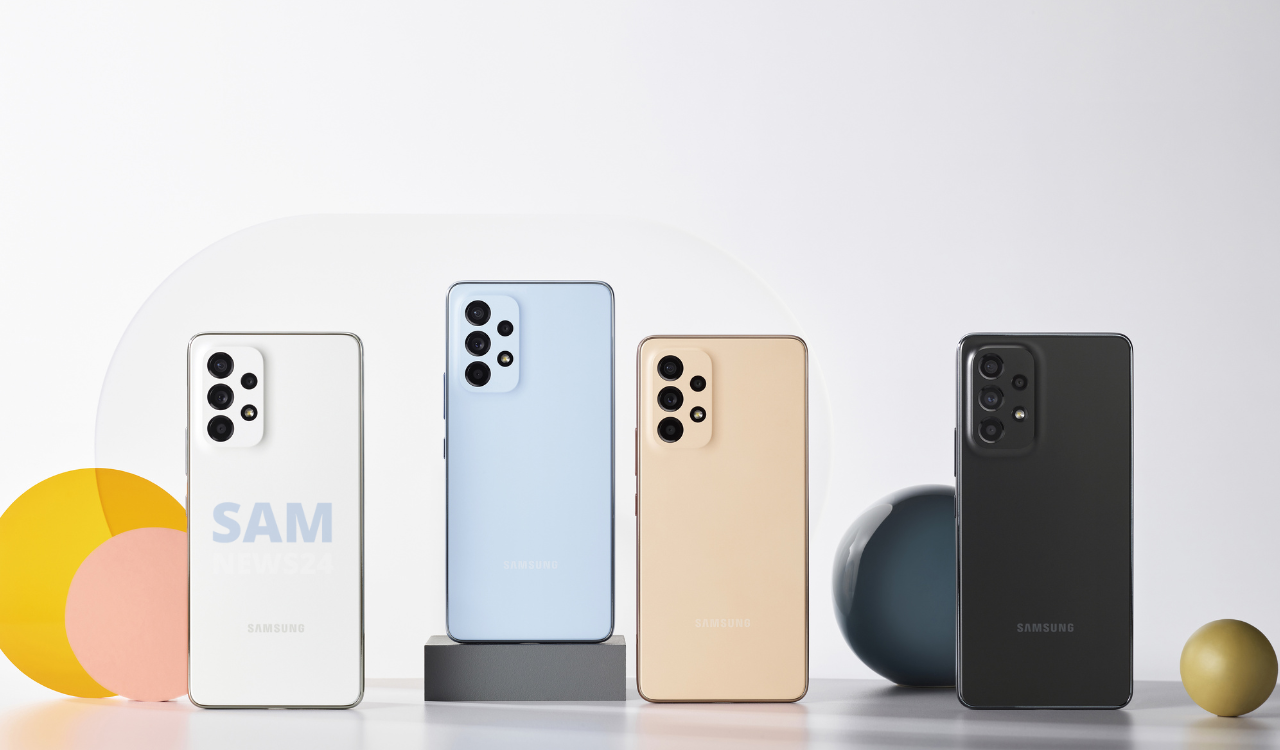As you know there are many sensors are been there in your smartphone, some are known to you whereas some are still under the shade. This time we’ll gonna have a full idea about, the ‘Proximity Sensor.’ Our Android generation mobile is booming so well, there are various reasons for that but this is like and Hindi saying ‘ khulja sim sim’ I mean you literary need to have an idea of how you can use availabilities. And of course, what if some are not working, how you can cure….?
So, let’s get back to our topic, What is a proximity sensor is, How it does work, and What you can do if it stops working? Well, A proximity sensor detects how close you are to your phone and responds accordingly. This helps activate features in response, for example, lighting up your screen if you look at it, or turning the display off if you place your phone to your ear. It also detects your face to unlock your phone. The kinda sensor will prevent accidental touches.
How to Test Your Proximity Sensor
First of all, you’ll have to know whether your phone’s proximity sensor is working properly or not, if not then there are ways to cure that, but before that check how to test it. Soon after restarting, lift your phone up to your face to see if it lights up.
Another way is to get on a call and place your phone near your ear to see if it dims the screen. If these don’t work, you can download a free third-party app like Sensor Test to perform a proximity sensor test.
Also, through the Samsung Members app, you can check weather sensor is working normally. From these if you find, Yes, my proximity sensor is not working… then go ahead, check the steps to fix that.
1. Clean Dirt and Dust Near the Sensor
Well, the first and foremost thing, actually it’s an obligation that you should clean dirt and dust from your phone if you are using it. Because it can be detrimental once they begin to build up to your phone. If there is dust blocking your proximity sensor, it can prevent it from detecting your face properly.
Therefore clean it before it is too harsh to cure that using a clean cloth or ear swab, gently wipe the top area of your phone where your sensor is located. Do not forget, the proximity sensor is always located alongside the top speaker clean that area well too.
2. Check if a Case or Screen Guard Is Blocking It
Cases and screen guard’s glass are too thick or not fit for your phone, it can cause problems with detection. If those are recently inserted then you need to remove that simply. So, carefully separate this material from your touchscreen and wipe your screen down.
3. Enable Accidental Touch Protection in Settings
If you have a Samsung phone, for example, you can turn this feature on by going to Settings > Display, scrolling down, and enabling Accidental touch protection. Once enabled, your phone will start ignoring accidental touches when it’s in your pocket.
When the feature is triggered, the screen will display “Your phone is being protected from accidental touches.” Below that, you’ll see the option to swipe on your screen to dismiss the protection and continue using your phone like normal when you take it out of your pocket. It’s one of the easiest ways to make your Samsung phone more user-friendly.
4. Update Your Phone
The update can be an option you are left with if the above is not working. Bugs and glitches can always occur and mess up due to incompatible software updates or just end up being temporary issues that resolve themselves. Phone manufacturers release updates to tackle these bugs, so it’s a good idea to make sure your phone is updated.
To check if your phone has any pending updates go to Settings > System > Advanced > System Update. On Samsung phones, you can find it under Settings > Software update > Download and Install.
5. Use an App to Re-Calibrate Your Device’s Proximity Sensor
Recalibrating your phone’s sensors can fix problems that may have resulted from bugs or glitches. Calibration is important because it helps ensure your sensors are reading information accurately.
You may have come across it using Google Maps, which will request you to recalibrate your compass every now and then to always be able to accurately determine your position.
6. Reset Your Device
The resetting device is always beneficial before you execute your plan to take your phone to the repair center. Doing so will erase all data and turn it back into a clean slate. This can get rid of any bugs that may not have been fixed by the other methods we’ve looked at.
Back up your data before doing so and sync all your information to your Google account. This way you will not lose anything and Google will restore it all for you once the reset is finished. Samsung phones have their own backup tools.
7. Take It to a Technician
Taking your phone to the technician would be the last option if everything you already tried out. So clear the wound of your Android phone and get it to a repair center. Make sure you visit the official repair center and let the professionals handle it.

Hope you like the content, therefore you must stay tuned to know more via @Samnews24…
FOLLOW US ON SOCIAL MEDIA – Telegram, Twitter, Facebook, & Google News.